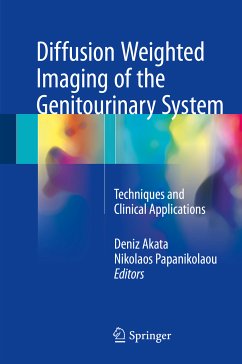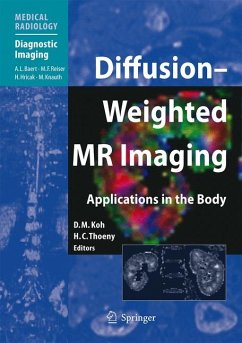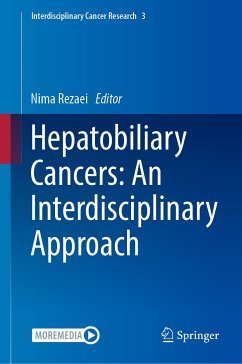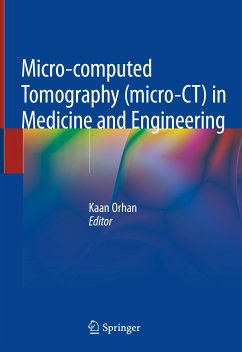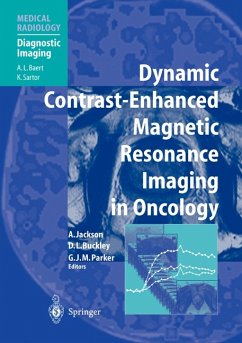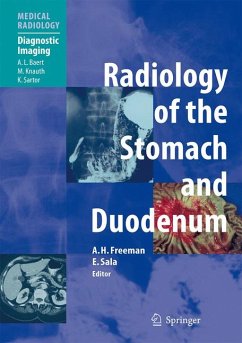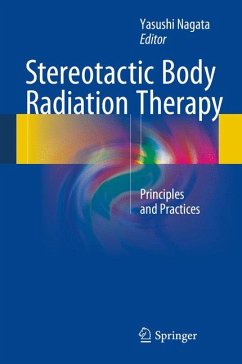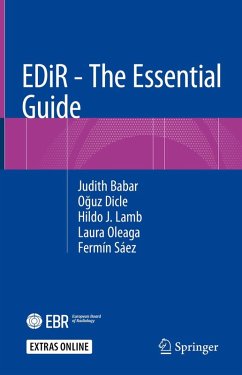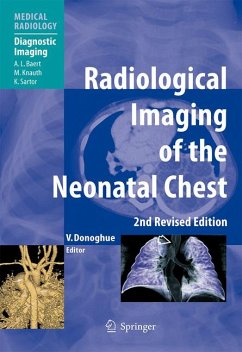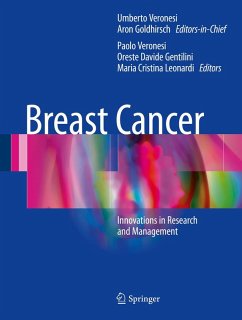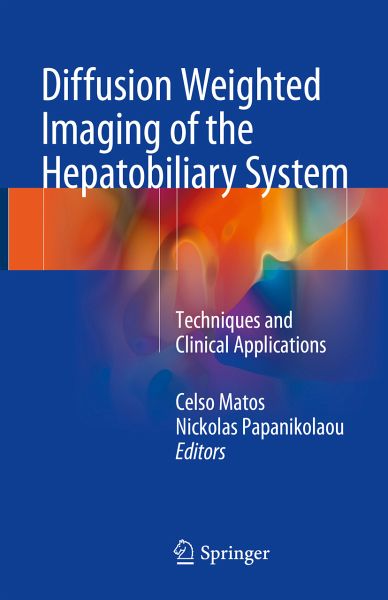
Diffusion Weighted Imaging of the Hepatobiliary System (eBook, PDF)
Techniques and Clinical Applications
Redaktion: Matos, Celso; Papanikolaou, Nickolas
Versandkostenfrei!
Sofort per Download lieferbar
104,95 €
inkl. MwSt.
Weitere Ausgaben:

PAYBACK Punkte
52 °P sammeln!
Presents an overview of the core principles and technical aspects of Diffusion Weighted Imaging Highlights pearls and pitfalls concerning Diffusion Weighted Imaging Includes essential tips and tricks for clinical applications
Dieser Download kann aus rechtlichen Gründen nur mit Rechnungsadresse in A, B, BG, CY, CZ, D, DK, EW, E, FIN, F, GR, HR, H, IRL, I, LT, L, LR, M, NL, PL, P, R, S, SLO, SK ausgeliefert werden.



